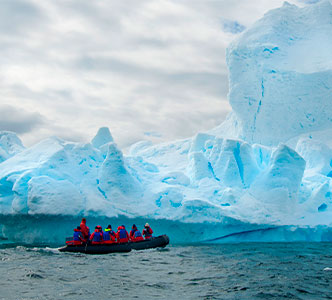What is the best time to visit Antarctica?
The best time to visit Antarctica is during the Southern Hemisphere's summer, from November to March. During these months, temperatures are somewhat milder, and the sea ice melts enough to allow access to most areas. This period also offers the best wildlife viewing opportunities, such as penguins nesting and whales migrating
Read More






Plan your Antarctic Tour